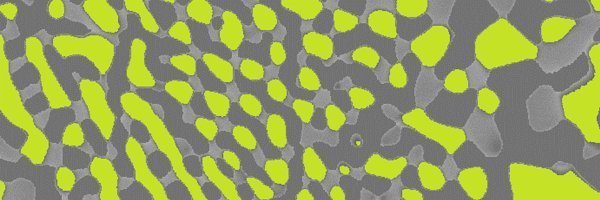Materials degradation due to wear and corrosion is a major issue that can lead to efficiency loss or even failure. As wear may accelerate corrosion and corrosion may accelerate wear, this interaction is of increasing interest in the wind, hydroelectric, oil and gas energy domains and in the bio-medical field.


